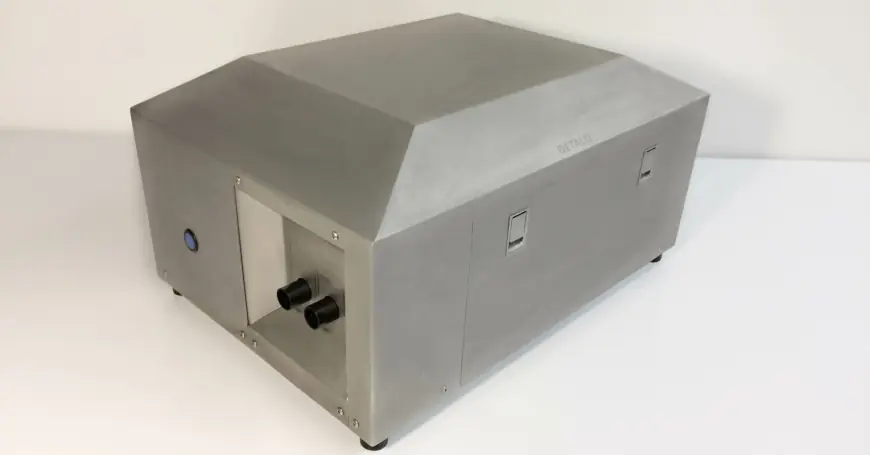Blood volume analyzer market innovations driving advanced patient monitoring solutions
The blood volume analyzer market is experiencing rapid innovation with AI integration, wearable devices, and non-invasive technologies. These advancements enhance real-time monitoring, predictive analysis, and patient outcomes. This article explores the key innovations shaping the market and their impact on healthcare delivery and clinical practices.

The blood volume analyzer market is being transformed by the integration of artificial intelligence and predictive analytics. Advanced algorithms allow clinicians to analyze patient data in real time, identify trends, and anticipate complications such as fluid overload or cardiovascular stress. By providing actionable insights, AI-enabled analyzers help optimize treatment plans, reduce hospital readmissions, and improve overall patient outcomes. This innovation represents a significant leap forward in precision healthcare and clinical decision-making.
Wearable and portable device innovations:
Innovations in wearable and portable blood volume analyzers are reshaping patient monitoring. These devices enable continuous assessment outside hospital settings, supporting remote care and home-based monitoring for chronic disease patients. The portability of these devices enhances patient convenience, reduces hospital visits, and expands access to advanced diagnostics in under-served areas. Hospitals and clinicians are increasingly adopting these devices to complement traditional monitoring approaches, demonstrating the market’s focus on patient-centered innovation.
Non-invasive technology advancements:
The trend toward non-invasive blood volume monitoring is a major innovation in the market. Non-invasive analyzers reduce procedural risks, enhance patient comfort, and simplify clinical workflows. Clinicians can continuously monitor patients without repeated invasive procedures, which improves safety and efficiency. The adoption of such devices aligns with growing demand for minimally invasive diagnostics and preventive care, driving broader market acceptance.
Integration with digital health platforms:
Another innovation shaping the market is the integration of analyzers with digital health platforms. Cloud-based solutions and data-sharing capabilities allow real-time tracking, remote monitoring, and seamless communication among healthcare providers. This integration enhances clinical coordination, facilitates telemedicine, and supports predictive healthcare strategies. Manufacturers are focusing on devices that can easily integrate with electronic health records and hospital IT systems, ensuring broader adoption and usability.
Collaborative research and development initiatives:
Collaborative innovation through partnerships between device manufacturers, research institutions, and hospitals is driving new product development. Joint efforts support clinical validation, technology upgrades, and faster market entry. These collaborations also enable knowledge sharing, skill development, and adoption of cutting-edge technologies, reinforcing the market’s innovative momentum.
Conclusion:
The blood volume analyzer market is witnessing transformative innovations in AI, wearable and portable devices, non-invasive technologies, and digital health integration. These advancements are enhancing patient monitoring, clinical decision-making, and healthcare delivery. As manufacturers continue to innovate and collaborate, blood volume analyzers are poised to play an increasingly vital role in modern healthcare systems and patient-centered care.
What's Your Reaction?
 Like
0
Like
0
 Dislike
0
Dislike
0
 Love
0
Love
0
 Funny
0
Funny
0
 Angry
0
Angry
0
 Sad
0
Sad
0
 Wow
0
Wow
0


















































